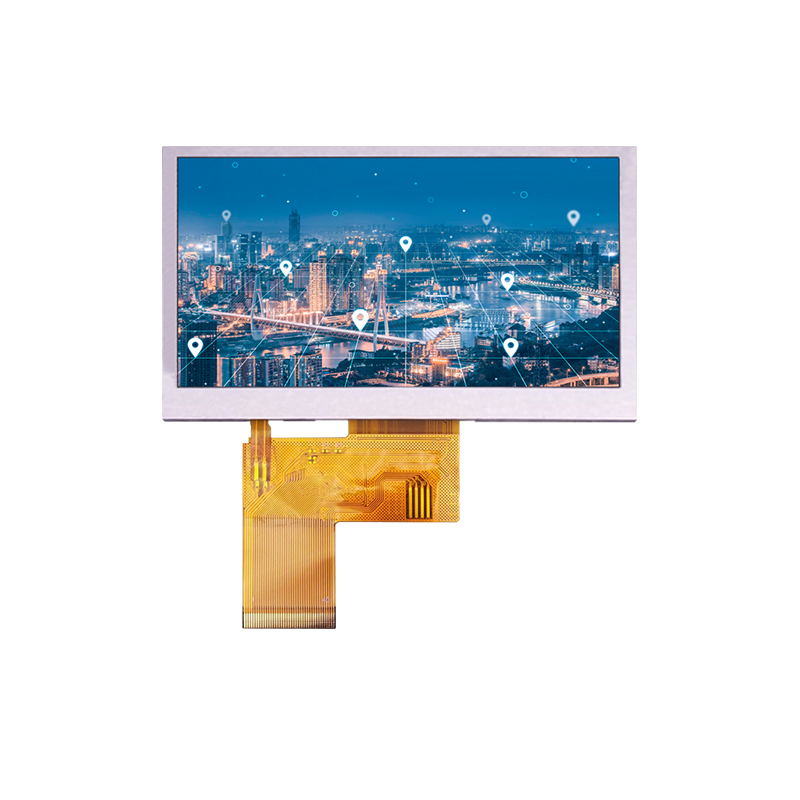
This comprehensive guide explores the world of T 60s LVDS LCD testers, helping you understand their functionality, applications, and selection criteria. We'll cover key features, troubleshooting tips, and considerations for various LCD screen types. Learn how to effectively diagnose and repair LCD issues, saving you time and money.
Before diving into the specifics of T 60s LVDS LCD testers, let's clarify the basics. LVDS (Low-Voltage Differential Signaling) is a crucial interface for transmitting data between LCD panels and the control circuitry. LCDs (Liquid Crystal Displays) are ubiquitous in various electronic devices. When an LCD malfunctions, identifying the root cause—be it the panel itself or the connecting circuitry—is critical. This is where a dedicated tester like the T 60s LVDS LCD tester becomes indispensable. The tester allows for efficient testing of the connection between LCD panels and their controllers, assisting in determining the source of problems and minimizing downtime.
A good T 60s LVDS LCD tester typically boasts several important features: compatibility with various LCD panel sizes and resolutions, support for different LVDS signal types, clear visual indication of test results (often through LEDs or a display screen), robust build quality for durability, and user-friendly operation. These features are pivotal in ensuring accurate and efficient testing.
Selecting the appropriate T 60s LVDS LCD tester depends largely on your specific needs. Consider these factors:
The tester must be compatible with the size and resolution of the LCD panels you'll be testing. Check the specifications carefully to ensure compatibility.
Different LCD panels use different LVDS signal types. Ensure your chosen tester supports the specific LVDS signal type used by your panels. The data sheet for your LCD panel should specify this crucial information.
Some testers offer advanced features, such as built-in backlight testing, power supply options, and data logging capabilities. Consider whether these features are necessary for your applications. These advanced capabilities can significantly aid in complex troubleshooting situations.
While the specific steps may vary slightly depending on the particular model of T 60s LVDS LCD tester, the general process is consistent:
Carefully inspect the LCD panel and its connectors to ensure they are in good condition. Disconnect the panel from its mainboard or controller. Prepare all necessary cables and connectors.
Connect the T 60s LVDS LCD tester to the LCD panel and the power source, ensuring secure and correct connections. Improper connections can lead to inaccurate readings or damage.
Turn on the tester and initiate the testing process. Observe the readings displayed on the tester's screen or LED indicators. The tester will typically display various parameters, including voltage and signal quality. A thorough understanding of the tester's interface and the interpretation of results is necessary.
Based on the test results, analyze the LCD panel's condition and diagnose any potential issues. Utilize the insights gained to troubleshoot and repair any identified problems. Comprehensive documentation of the testing process and findings can aid in efficient troubleshooting.
Here are some common issues encountered during LCD testing and their possible causes:
| Issue | Possible Cause |
|---|---|
| No Display | Faulty LCD panel, incorrect connections, power supply issues. |
| Distorted Image | Damaged LCD panel, faulty LVDS cable, improper connection. |
| Flickering Display | Loose connections, faulty backlight, power supply fluctuations. |
Remember to always consult the manufacturer's documentation for your specific T 60s LVDS LCD tester model for detailed troubleshooting steps and safety precautions.
When purchasing a T 60s LVDS LCD tester, it's essential to source it from a reputable supplier to ensure quality and reliability. Consider checking out various electronics distributors and online marketplaces. For high-quality LCD panels and related components, you might consider exploring options from Dalian Eastern Display Co., Ltd. They offer a wide range of products, expertise and support, essential when working with delicate LCD technology.
This guide provides a comprehensive overview of T 60s LVDS LCD testers. By understanding the key features, selection criteria, and usage instructions, you can effectively diagnose and resolve issues related to LCD panels, saving both time and resources.












